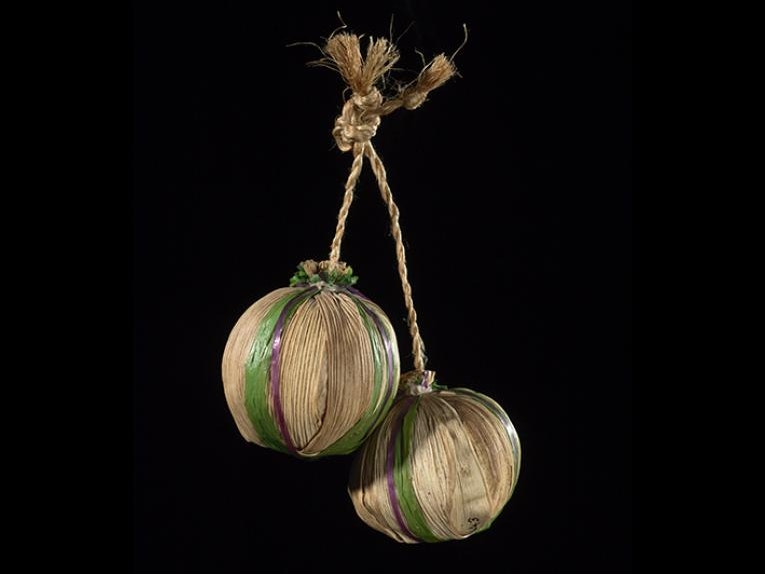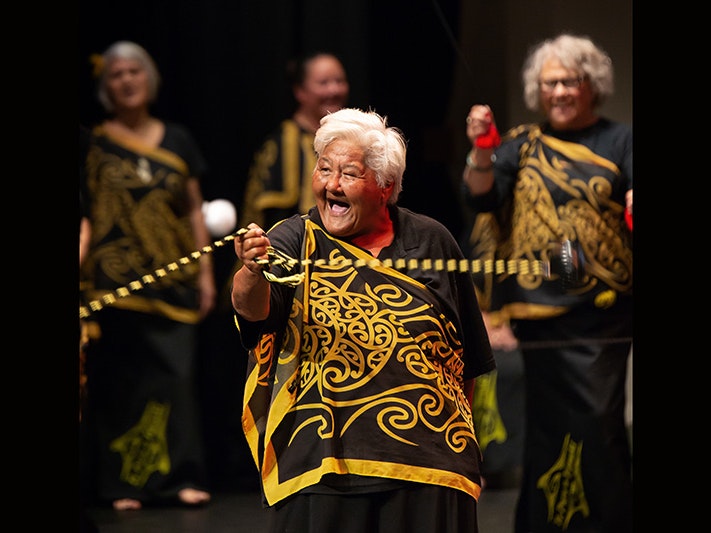Ko te poi tētahi o ngā toi whakaari a te Māori, ka mutu, he taonga iti te poi e whai here ana.
I a tātou ka whai whakaaro mō te poi, ka toko ake te whakaaro mō ngā pēke kirihou, mō ngā papanga poi rānei e kitea ana i te mahi kapa haka. Hāunga tēnei, he tini āna whakamahinga me ngā rauemi waihanga.
Tērā te wā he wāhanga te poi nō ngā mahi o ia rā, ā, ka horapa whānui puta noa i ngā mahi o te puoro, o te hauora, o te whawhai, o te wairua, o te pakiwaitara, me te whakangahau.
***
Poi is the name given to a Māori performance artform, and a taonga made from a small ball attached to a cord or string.
When most people think of poi, they think of the plastic bag or fabric poi that are commonly seen in kapa haka performance, but their function and the materials they are made from is diverse.
Poi were once an integrated part of everyday life with their use spanning the realms of music, health, combat, spirituality, storytelling, and entertainment.






